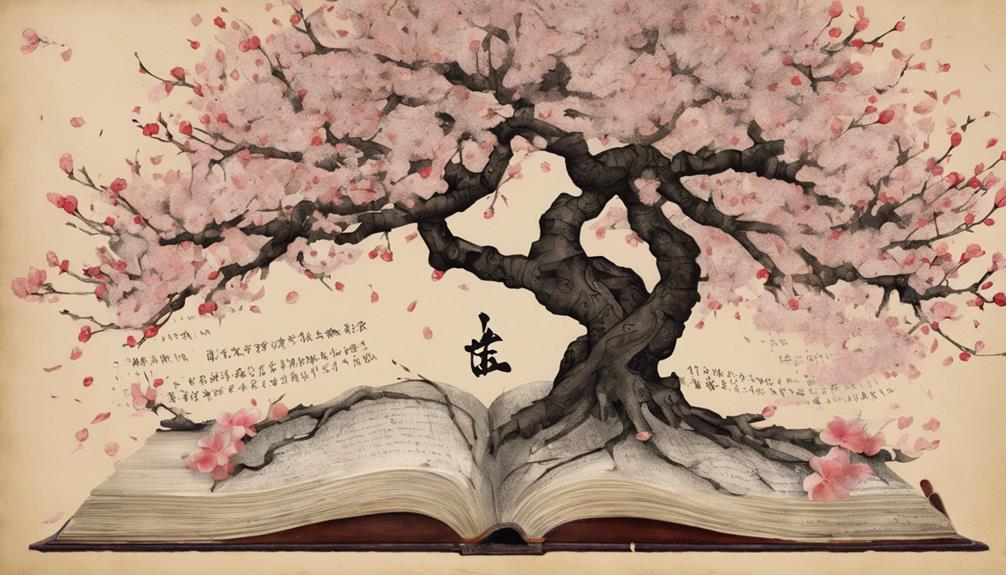As you venture into the domain of poetic traditions, you'll encounter a diverse tapestry of styles, each woven from the threads of human experience and artistic expression. From ancient Greece's epic narratives to medieval Europe's courtly love ballads, the Italian Renaissance's sonnet revival, and Japan's Zen-inspired haiku, each tradition offers a unique lens through which to view the world. You'll discover how these forms have evolved, influencing one another and giving rise to modern innovations like free verse, rearranged structures, and sonic disruptions. As you explore these traditions, you'll uncover the intricate nuances of poetry's ever-unfolding narrative.
Ancient Roots of Greek Poetry
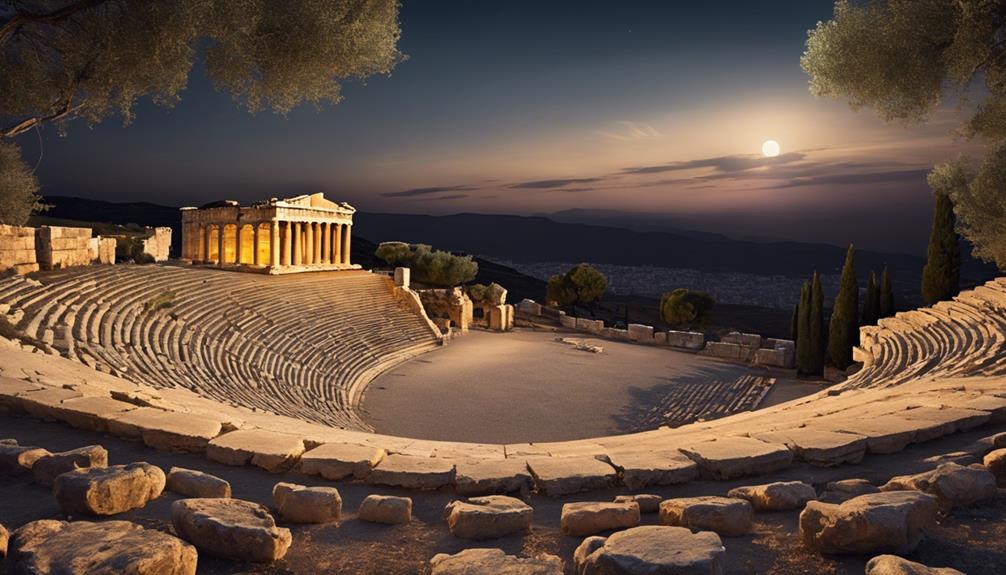
As you explore the enthralling world of Greek poetry, you'll discover that its ancient roots stretch back to the 8th century BCE, when the earliest surviving fragments of poetry emerged, weaving together myth, music, and meter in a rich tapestry of artistic expression. This nascent poetry scene was largely shaped by the monumental works of Homer, whose epic narratives, the Iliad and the Odyssey, continue to exert a profound influence on Western literature. Homer's masterful fusion of myth, legend, and historical events set the tone for subsequent poetic endeavors, as his works became the benchmark for literary excellence. The epic genre, in particular, owes a significant debt to Homer's innovative storytelling, which seamlessly integrated mythological themes with human experience. As you investigate further into the world of Greek poetry, you'll find that Homer's influence permeates the oeuvre, with later poets drawing inspiration from his majestic verse.
Medieval Europe's Balladic Legacy

Delving into the rich cultural heritage of Medieval Europe, you'll uncover a vibrant balladic legacy that resonated deeply with the masses, its melodious refrains and rustic charm enchanting audiences in courts, castles, and village squares alike. This tradition, rooted in the troubadour spirit, celebrates the ideals of courtly love, where knights and ladies are elevated to pedestals of chivalry and devotion. Minstrel performances, often accompanied by the lute or harp, brought these poetic narratives to life, transporting listeners to a world of romantic fantasy.
As you explore this legacy, you'll discover the masterful use of metaphor, allegory, and symbolism, woven into intricate tapestries of sound and sense. The balladic form, with its characteristic quatrains and refrains, provided a versatile framework for poets to explore themes of love, honor, and loyalty. Through the art of Minstrel performances, these poetic creations transcended the boundaries of social class, speaking to the universal human experiences that continue to captivate us today.
The Sonnet's Italian Renaissance
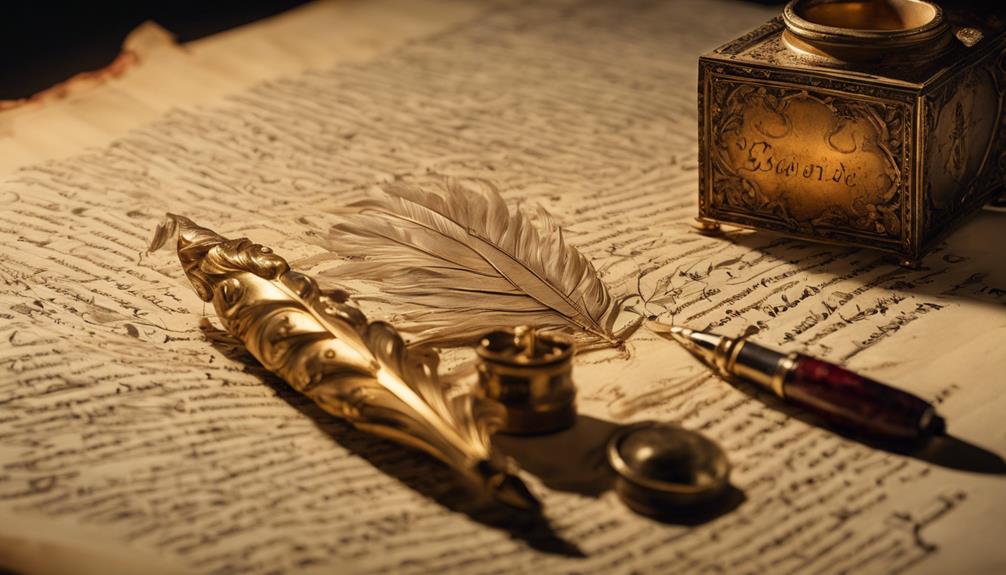
During the Italian Renaissance, you'll find the sonnet, a fourteen-line poetic form, undergoing a transformative rebirth, as itinerant poets and scholars revitalized its ancient roots, infusing it with a new era of emotional depth and lyrical complexity. This revival was largely attributed to Petrarch's influence, whose sonnets epitomized the Renaissance humanist ideals of intellectual curiosity and emotional introspection. His innovative use of the sonnet form, characterized by intricate metaphors and subtle emotional nuances, raised the bar for subsequent generations of poets. As a result, the sonnet became an integral part of the Renaissance literary landscape, with poets like Michelangelo and Giovanni della Casa contributing to its evolution. The Renaissance revival of the sonnet not only restored its classical heritage but also injected it with a new sense of passion, sensuality, and psychological complexity, forever altering the poetic terrain.
Haiku's Zen-Inspired Simplicity
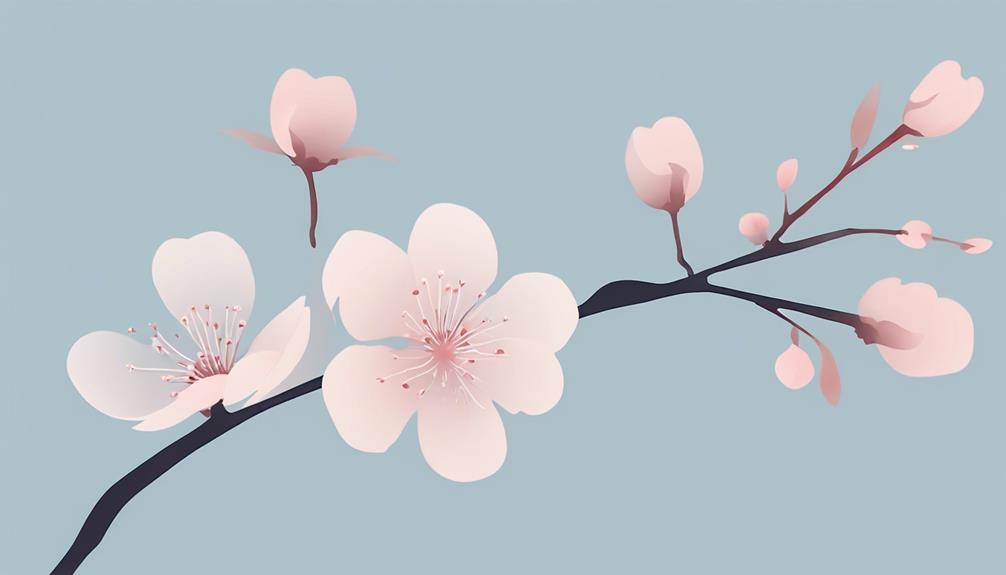
In the domain of haiku, you'll find a poetic tradition that embodies the Zen-inspired simplicity of Japanese aesthetics, where the fewest words evoke the profoundest insights, and the delicate balance between nature and human emotion is distilled into a fleeting moment of clarity. As you explore the world of haiku, you'll discover that mindful imagery is woven into the fabric of each poem, inviting the reader to slow down and absorb the subtle nuances of the natural world. The silence of nature becomes a canvas, upon which the poet's brushstrokes of language paint vivid scenes that whisper secrets to the attentive reader. In this space, simplicity is a virtue, and the poet's task is to distill the essence of existence into three brief lines, where each word is a droplet of insight, carefully crafted to evoke the profound. As you immerse yourself in the haiku tradition, you'll come to appreciate the power of restraint, where the unsaid is often more eloquent than the spoken.
The Free Verse Revolution
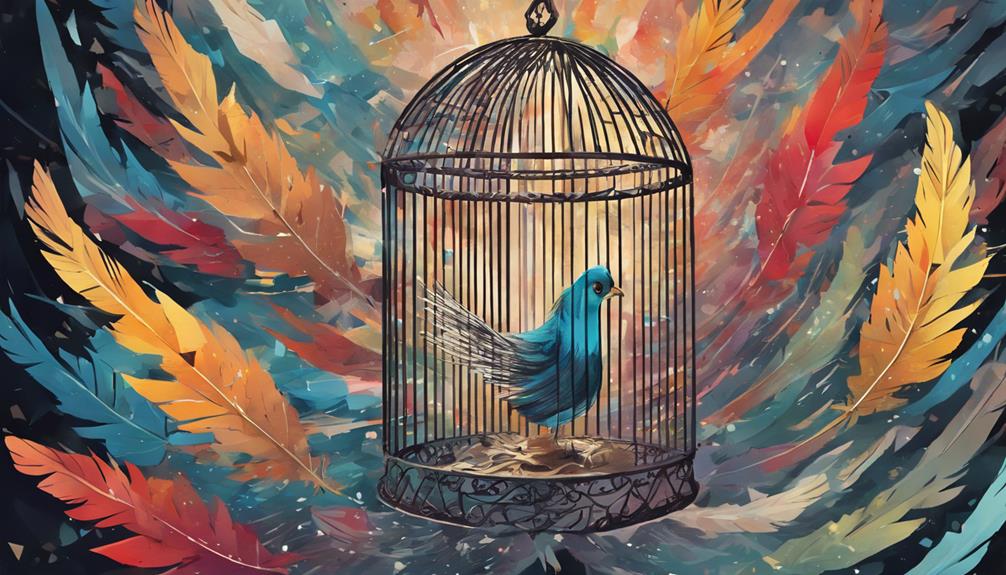
As you explore the world of free verse, you'll find that the constraints of traditional forms are abandoned, allowing the poet's inner world to unfold with unbridled intensity, as if the very fabric of language has been set free to explore the labyrinthine corridors of the human experience. This liberation from structural shackles enables a more fluid, spontaneous, and expressive mode of poetry, where the poet's thoughts and emotions flow unimpeded. The Beat poets, in particular, capitalized on this freedom, embracing the spontaneity of free verse to create a sense of urgency and immediacy in their work. Their poetry, characterized by its unbridled energy and improvisational spirit, embodies the essence of stream consciousness, where the poet's inner monologue is laid bare, unedited and unapologetic. As you venture deeper into the world of free verse, you'll discover how this revolutionary approach to poetry has given voice to the marginalized, the avant-garde, and the unconventional, forever altering the poetic landscape.
Odes to Love and Beauty
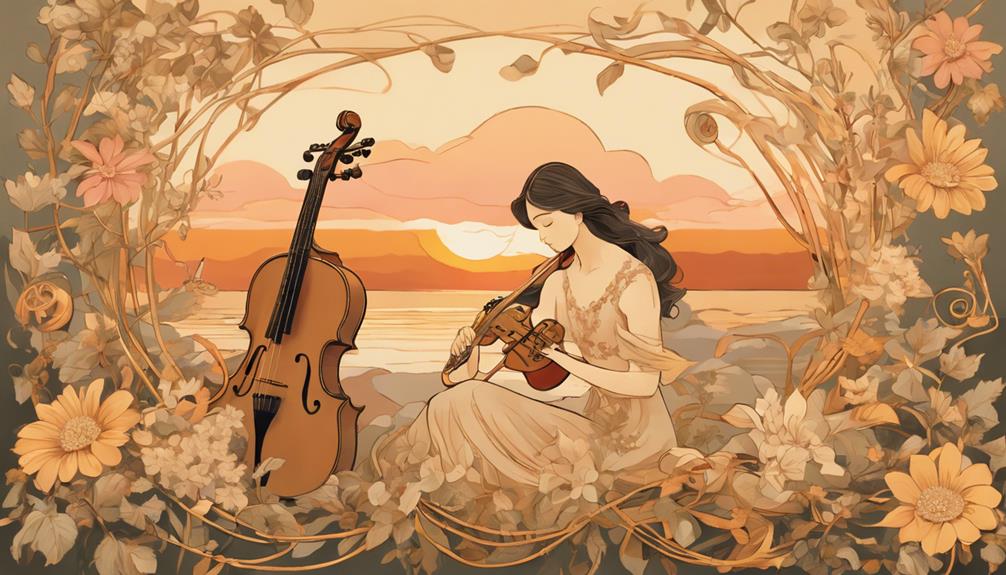
Embracing the timeless themes of love and beauty, you'll find that odes, as a poetic form, have been utilized by masters of the craft to express the profoundest of human emotions, capturing the essence of the beloved and the beauty that surrounds us. As you explore the domain of odes, you'll discover an array of poetic voices that reverberate with sacred intimacy, conveying the deepest longings of the human heart. The eternal longing that permeates these poems is a tribute to the power of love to transcend time and mortality.
From Sappho's tender expressions of desire to John Keats' sensual odes, you'll encounter a rich tapestry of emotions, woven from the threads of passion, devotion, and reverence. The odes of these masters demonstrate an exquisite sensitivity to the beauty that surrounds us, elevating the mundane to the sublime. As you immerse yourself in these poetic tributes to love and beauty, you'll uncover the universal language of the human experience, distilled into its most essential and profound forms.
The Rhythm of African Diaspora
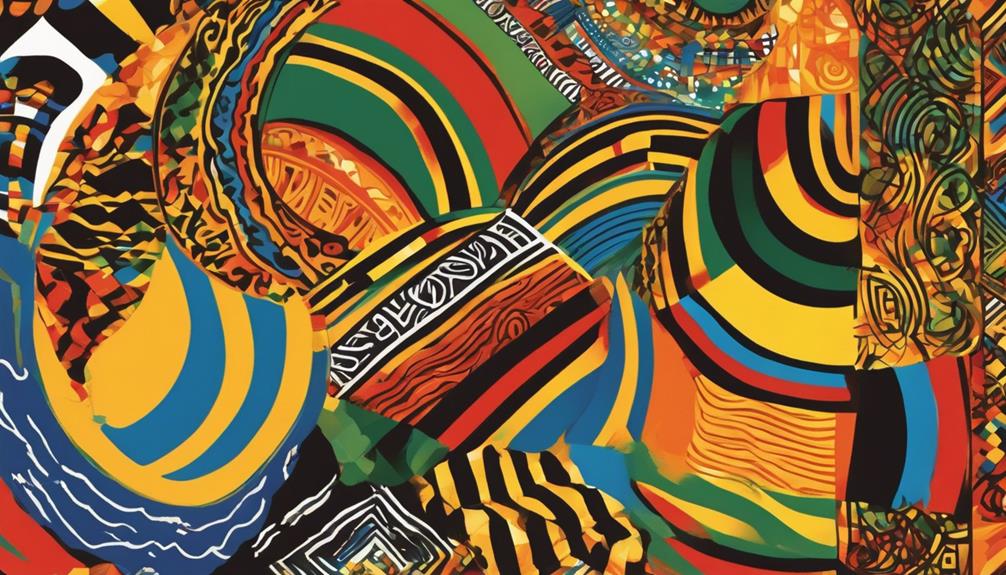
You'll find that the poetic traditions of the African Diaspora resonate with a distinct rhythm, one that echoes the complex harmonies and polyrhythms of the diasporic experience, where the cadence of history, culture, and identity converge. As you explore the rich tapestry of African Diasporic poetry, you'll encounter the Callaloo rhythms that underscore the intricate dance between African, European, and indigenous influences. These rhythms reverberate through the Afrobeat cadences that punctuate the verses, evoking the syncopated beats of Fela Kuti's saxophone or the percussive echoes of Afro-Caribbean drumming.
In this sonic landscape, the poet's voice becomes an instrument, weaving together the disparate threads of memory, myth, and experience. The rhythm of the African Diaspora is a palimpsest, layering the ancestral echoes of the Motherland with the syncopated rhythms of the New World. As you listen to the poetic traditions of the African Diaspora, you'll hear the polyphonic harmonies of a people forged in the crucible of displacement, resistance, and resilience.
Modern Experiments in Form

In the domain of modern poetry, a proliferation of experiments in form has given rise to innovative modes of expression, where the poet's voice is refracted through a kaleidoscope of styles, from fragmented narratives to hybrid genres. As you explore this territory, you'll encounter Concrete Fragmentation, where poets disassemble language to reassemble it into novel, disjointed structures. This technique allows for a fresh exploration of meaning, as words and phrases are rearranged to convey the fragmented nature of contemporary experience.
You'll also encounter Sonic Disruptions, which challenge traditional notions of sound and rhythm. Poets employing this technique often disrupt the sonic landscape, incorporating unconventional sounds, silences, and vocalizations to create an immersive experience. These experiments in form invite you to engage with poetry in new, unconventional ways, blurring the boundaries between language, sound, and performance. As you navigate these innovative modes of expression, you'll discover a vibrant landscape of creative possibilities, where the poet's voice is refracted, reflected, and reimagined.
Frequently Asked Questions
Can Poetry Be Used as a Form of Social Protest?
You think poetry is just flowery language and romantic sonnets, but you're wrong. Poetry has always been a powerful tool for social protest, a means to challenge the status quo. Poetic dissent gives voice to the oppressed, and revolutionary voices like yours can spark change. Through poetry, you can express the outrage, the frustration, and the hope for a better world. So, can poetry be used as a form of social protest? Absolutely, and it's time you use your words to ignite a movement.
How Do Different Cultures Influence Poetic Styles?
As you explore the world of poetry, you'll discover that cultural fusions and linguistic adaptations greatly influence poetic styles. Different cultures imbue poetry with unique perspectives, shaping the way language is used to convey meaning. For instance, African diasporic poetry often blends traditional rhythms with modern themes, while Japanese haikus reflect the country's Zen Buddhist heritage. You'll find that these cultural exchanges enrich poetic styles, fostering a rich tapestry of diverse voices.
Are There Any Universal Themes in Poetry Across Cultures?
As you explore the world of poetry, you'll discover that, despite cultural boundaries, certain universal themes emerge. The human experience, with all its complexities, is reflected in cross-cultural motifs that transcend geographical divides. Emotional authenticity is a common thread, weaving together the tapestry of human emotion. In the midst of diversity, poetry converges on shared experiences, revealing that, at its core, humanity beats with a singular heart.
Can Poetry Be a Form of Personal Therapy?
As you explore the world of poetry, you'll discover that, indeed, it can be a potent form of personal therapy. The healing words on the page can spark an emotional release, allowing you to confront and process your deepest emotions. Through the poetic expression, you'll find a cathartic outlet, enabling you to navigate life's complexities with a clearer mind and a lighter heart.
Do Poets Need to Follow Traditional Forms or Can They Create Their Own?
As you ponder the role of traditional forms in poetry, you're faced with a dilemma: do you conform to established structures or forge your own path? The answer lies in embracing formal freedom, where poetic license allows you to experiment and innovate. By breaking free from constraints, you can tap into your creative potential, crafting unique, expressive works that defy convention.
